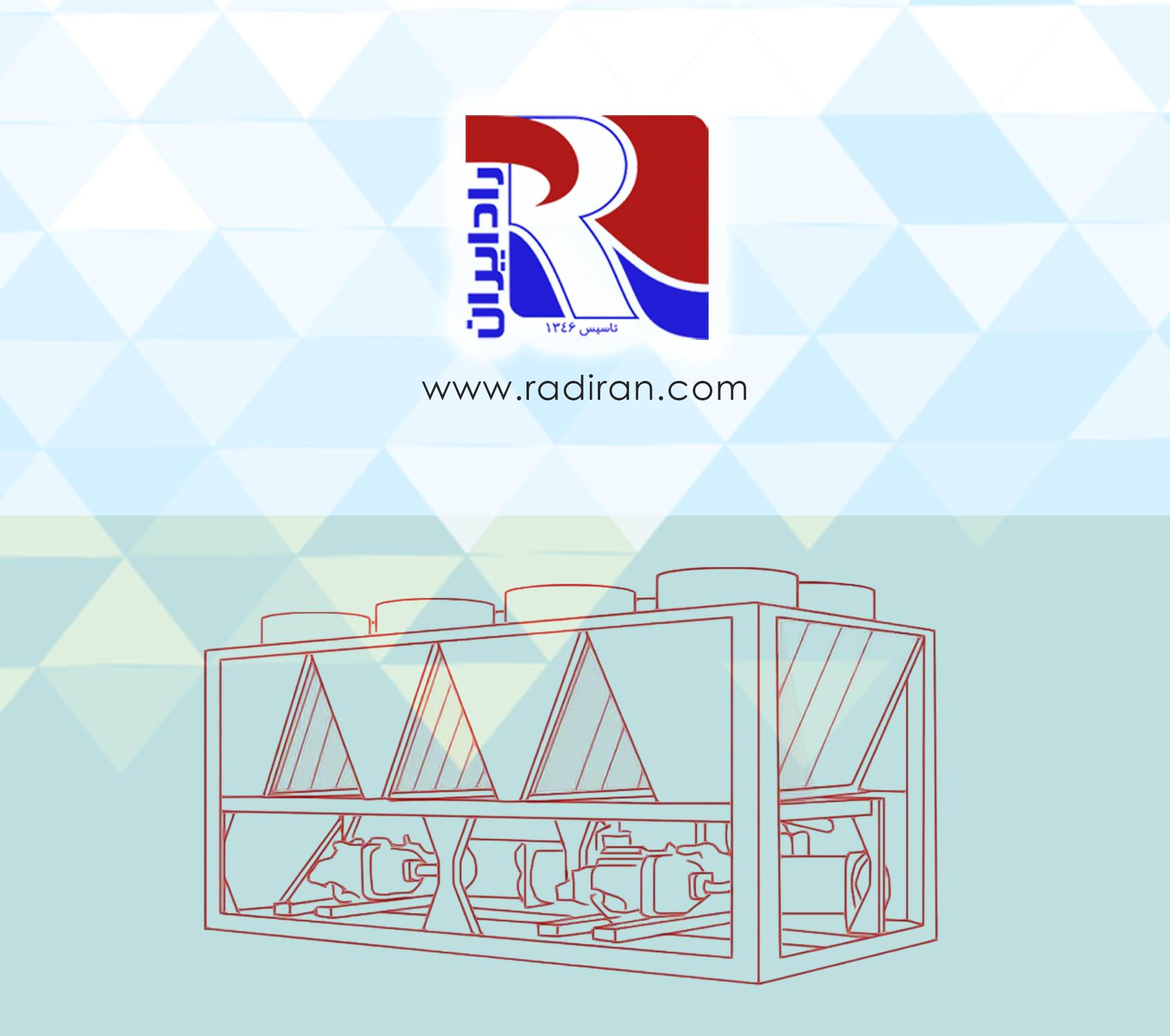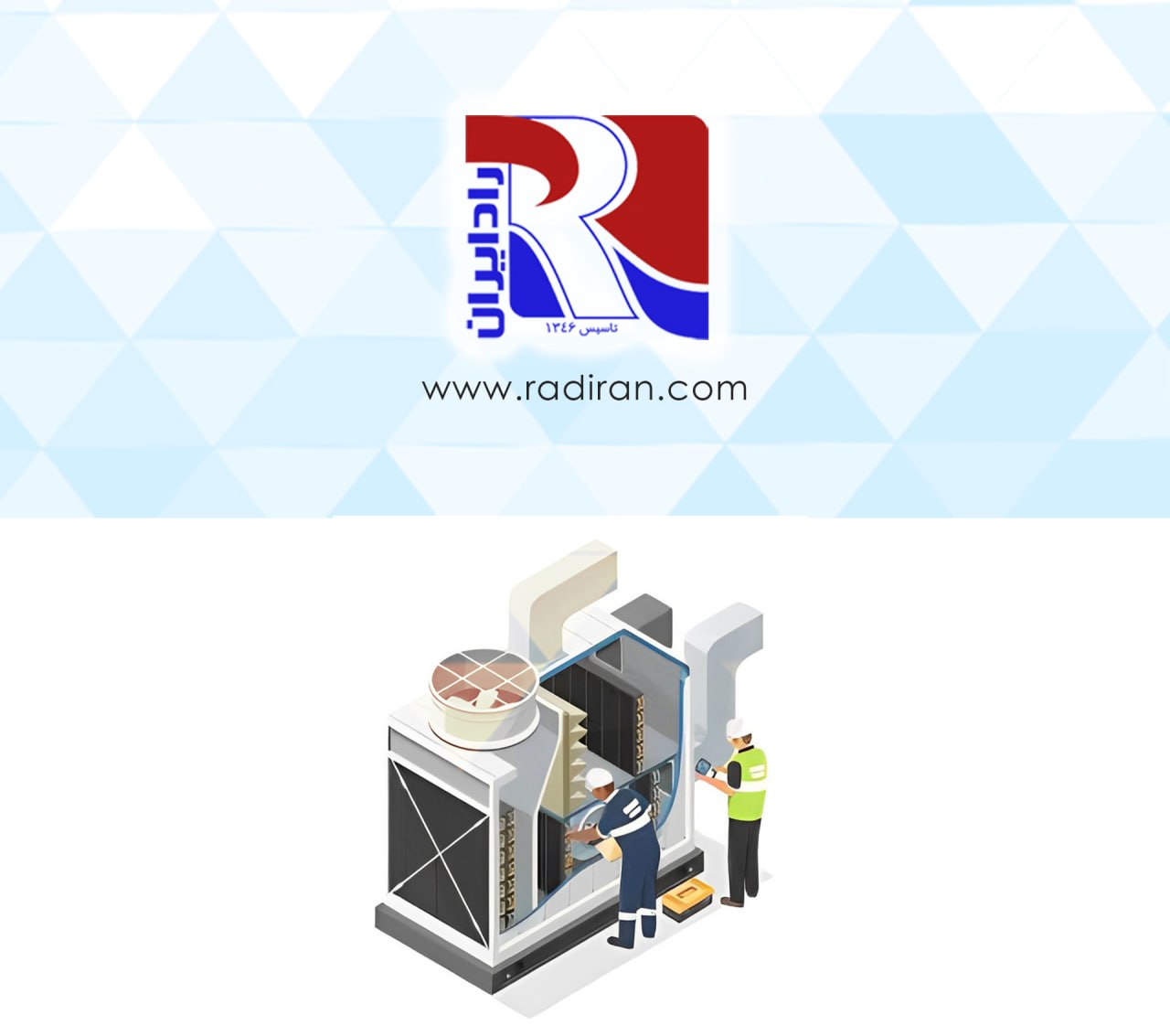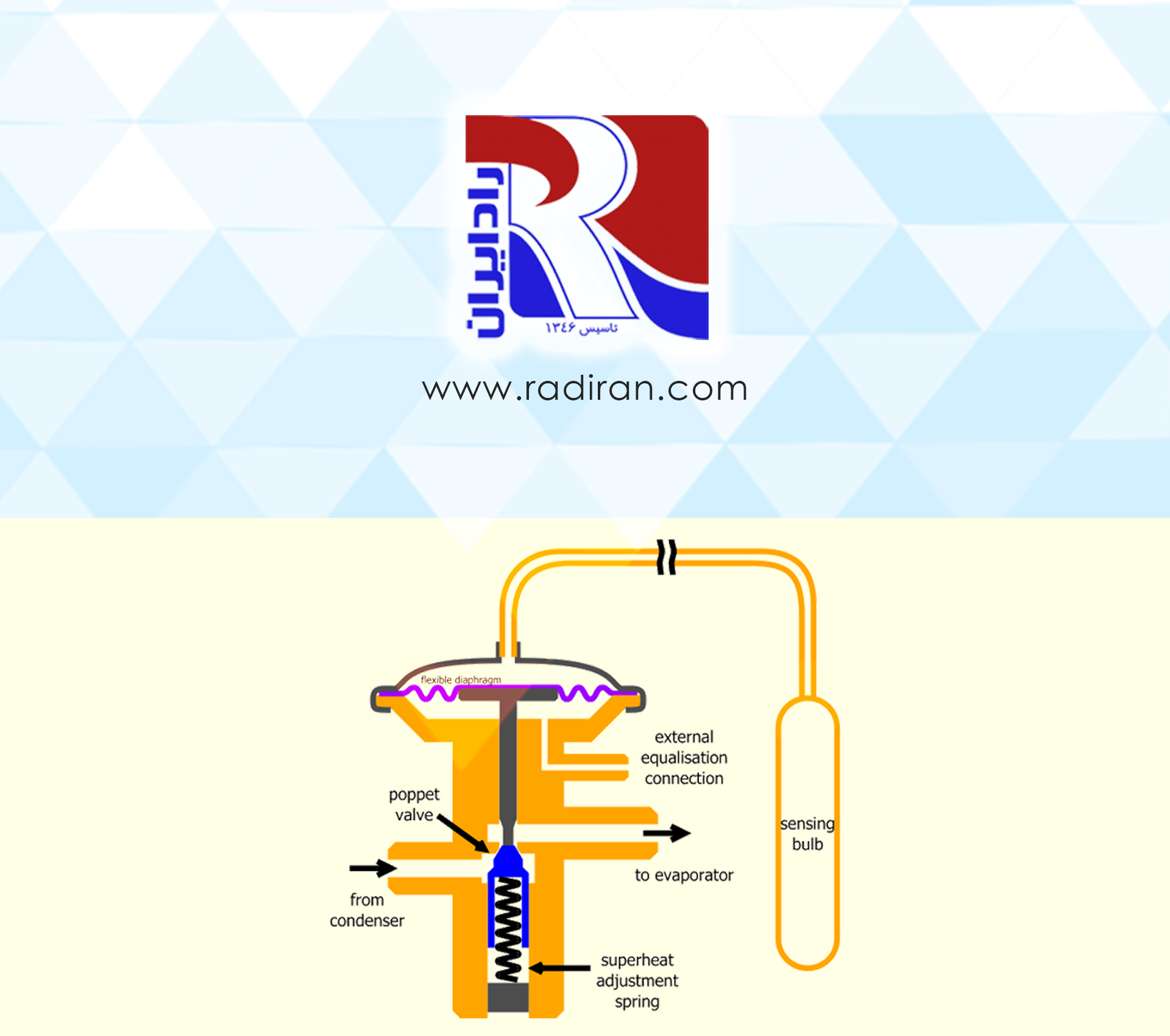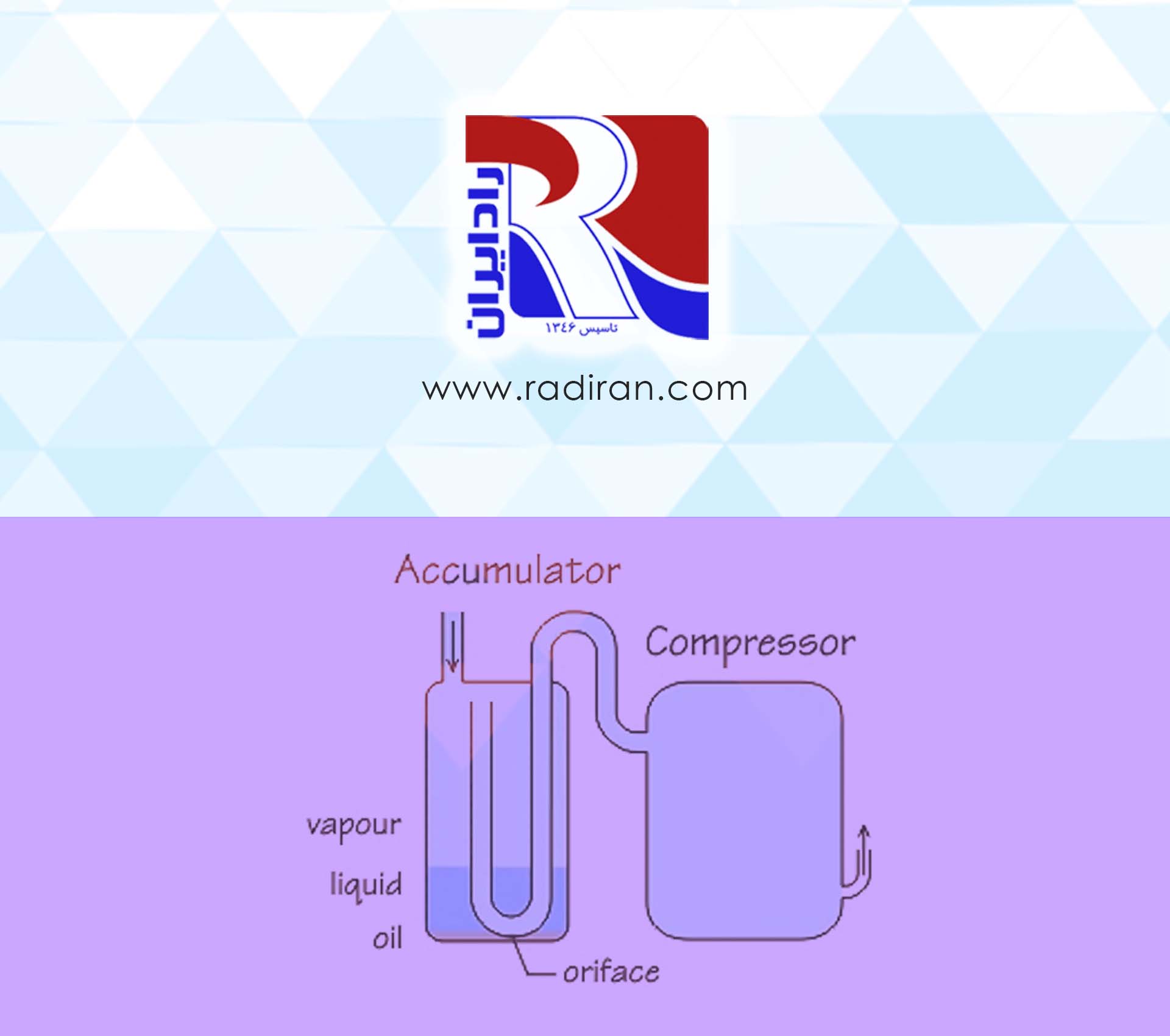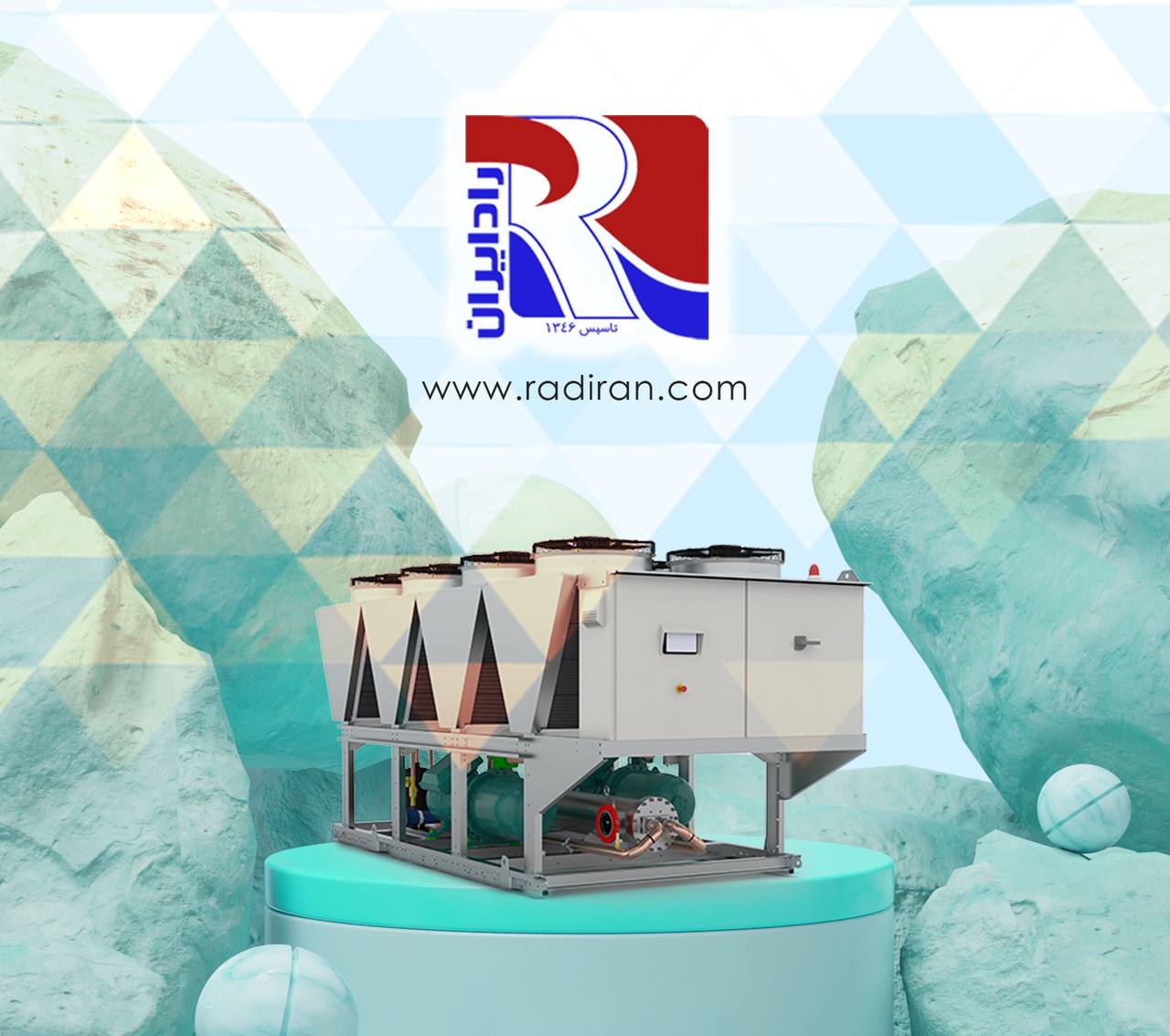Chiller Tonnage A Guide to Selecting the Appropriate Tonnage for Various Projects
Choosing a chiller with the wrong tonnage can have serious consequences, including inadequate cooling and resident dissatisfaction, significant increases in energy consumption and monthly expenses, reduced lifespan of the equipment, and problems with chiller maintenance, which can lead to premature device failure. Therefore, selecting a chiller with the appropriate tonnage for each project is crucial. In this section, we will examine the factors that influence chiller tonnage selection and the methods for calculating it. Factors Influencing Chiller Tonnage Selection 1. Thermal Load...

